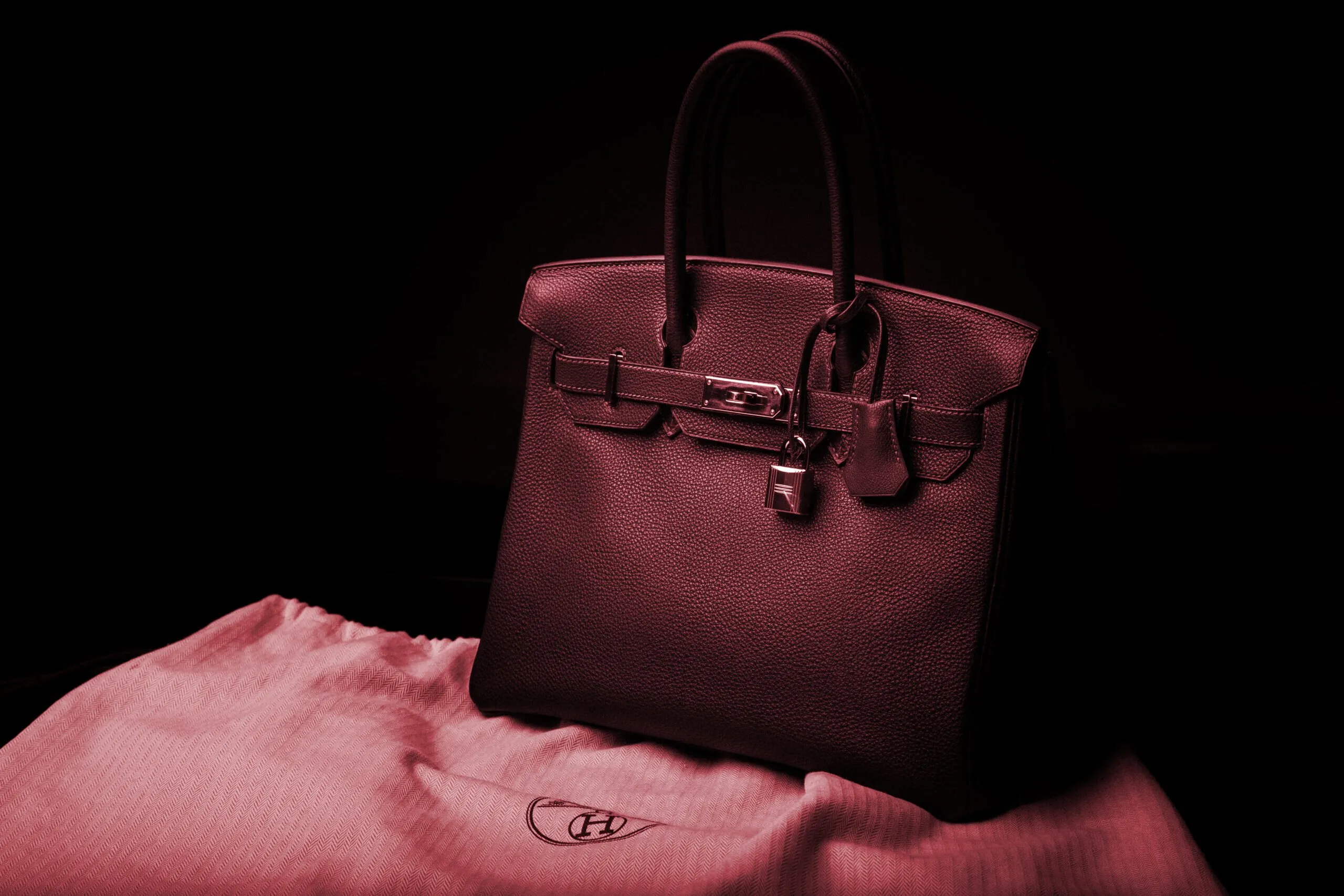Imagine that nine jurors walk into a courtroom, are shown an NFT collection, and asked a deceptively simple question: are these items art or commerce?
That riddle, in a meta sense, is one that has gripped culture at-large ever since NFTs erupted into popular consciousness two years ago. Since then, the nascent NFT industry has attracted tens of billions of dollars in trading volume, hordes of rabid critics, and just as many tribes of fervent believers. To detractors, NFTs represent everything wrong with speculative capitalism. To devotees, everything right about the innovative spirit of art and technology.
On Wednesday, a Manhattan federal district court handed down what some saw as a definitive answer to The Great NFT Debate: the jury found digital artist Mason Rothschild violated trademark laws by selling MetaBirkin NFTs, unauthorized collectibles that riffed on the iconic Hermès Birkin handbag line.
Rothschild said his collection was protected under the First Amendment. The jury disagreed, determining the project did not possess sufficient “artistic relevance” to be considered free speech.
NFT critics celebrated the verdict—the first ever in an NFT-related trademark case—as a crushing blow to the nascent medium’s artistic legitimacy. Meanwhile, true believers bemoaned the judgment as a dangerous precedent poised to snuff out free speech.
In reality, it was neither.
Hermès’ victory Wednesday was certainly a boon for the legacy brand and others like it, seeking to protect their marks in rapidly expanding digital marketplaces. But it mostly related to trademark law, not NFTs in particular. Further, the case—as a federal district jury trial—established no legal precedent.
Even if it had, the Supreme Court is set to hear a landmark case on the subject of trademark laws and artistic license next month. That verdict will override any lower court rulings on the subject.
ICYMI: The #Hermes #Rothschild jury DID NOT decide that "NFTs are not art" -- media is already misrepresenting what's happening here.
Today's landmark decision marks the first-ever #trademark trial with #NFTs, specifically with consumer products and digital art.
— DR ΞW (@RossowEsq) February 8, 2023
Edward Lee, a law professor specializing in intellectual property and blockchain technology at the Illinois Institute of Technology, told Decrypt that many novel questions are currently in play in the evolving ecosystem of trademark law, but that those questions are medium-agnostic. In other words, they don’t pertain to NFTs as a particular class of good.
Take, for example, the upcoming Supreme Court case on trademark laws, Jack Daniel’s v. VIP Products. In March, the Court will hear oral arguments in a case pitting the popular whiskey manufacturer against a dog toy company that sold squeaking miniature bottles of the iconic beverage laden with dog-related puns.
That case will potentially set a new standard for how courts should view the role of humor in trademark disputes. What it won’t do, however, is decide whether dog toys are a legitimate or illegitimate medium for humor and artistic expression.
“The recurring issue in these sorts of trademark cases is, bottom line, whether the defendant is making an artistic use of the trademark,” Lee said.
Similarly, the MetaBirkin verdict passed no judgment on NFTs as an art form. Jurors considered a body of evidence—including the manner in which Rothschild discussed the project—to decide whether it appeared more like a cash grab dependent on the Birkin brand or a meta commentary on the fashion industry (as Rothschild had claimed).
Rothschild used words like “pump” and “shill” in text messages to describe the project, and sought backers for the project that he called “whales.” Those factors ultimately may have had more to do with the jury’s verdict than the format of the collection itself. Had Rothschild sold balloon sculptures and discussed them in the same way, the jury may well have reached the same ultimate conclusion.
But, generally speaking, balloon artists don’t talk about balloons that way. Terms like “pump,” “shill,” and “whale” are native to the Web3 ecosystem and the NFT market. In that sense, while NFTs as a medium were not on trial in New York this week, the financialized connotation of the crypto ecosystem may have further negatively impacted jurors’ view of Rothschild’s intentions.
“[The verdict] does suggest that juries might be unsympathetic to NFT artists,” Brian Frye, a law professor specializing in NFTs and trademark law at the University of Kentucky, told Decrypt. “Especially if they think the artist is a jerk.”
Some saw the verdict as a net-benefit for the NFT ecosystem, one that would hopefully serve to flush out financially-motivated creators and projects from the space.
“The decision benefits the NFT industry by encouraging original works of digital authorship while deterring copycat projects and scams that have unfairly tarnished the fledgling digital art market,” Jeremy S. Goldman, a litigator specializing in blockchain technology, told Decrypt.
Rothschild, for his part, took to Twitter as soon as the case’s verdict was announced, denouncing it as evidence of “a broken justice system that doesn’t allow an art expert to speak on art but allows economists to speak on it.”
..feel they have the the right to choose what art IS and who IS an artist. Not because of what they create but because their CV doesn’t scream artist with a pedigree from a world class art school. That’s what happened today.
A broken justice system that doesn’t allow an art..
— Mason Rothschild 🫠 (@MasonRothschild) February 8, 2023
The comment was likely an allusion to Blake Gopnik, a New York art critic who Rothschild’s attorneys planned to call as a key witness last week, until Judge Jed S. Rakoff barred Gopnik from testifying. Gopnik had previously favorably compared the MetaBirkins NFT collection to Andy Warhol’s famed series of screen prints depicting Campbell’s soup cans.
Whether Rothschild’s NFT collection is Warhol-esque is debatable. In making that comparison, though, it is perhaps less important to argue the semantic difference between canvases and the blockchain, and more relevant to consider the fact that Warhol most likely never told anyone that he was angling to “pump” or “shill” his creations.

